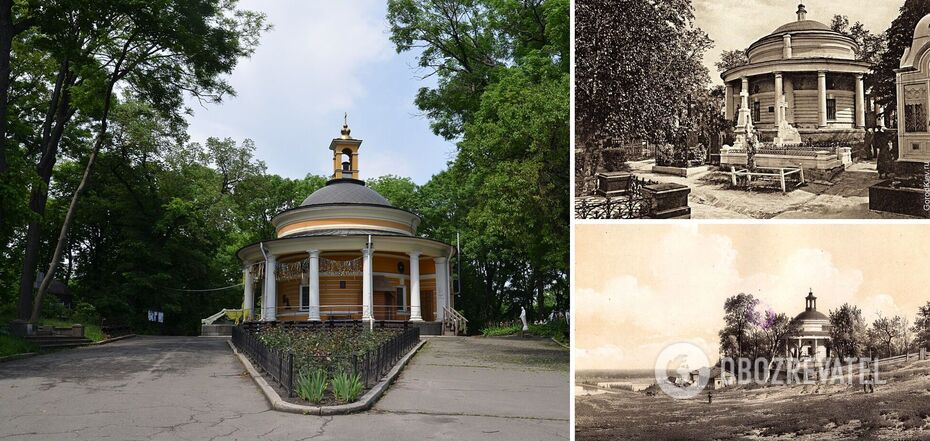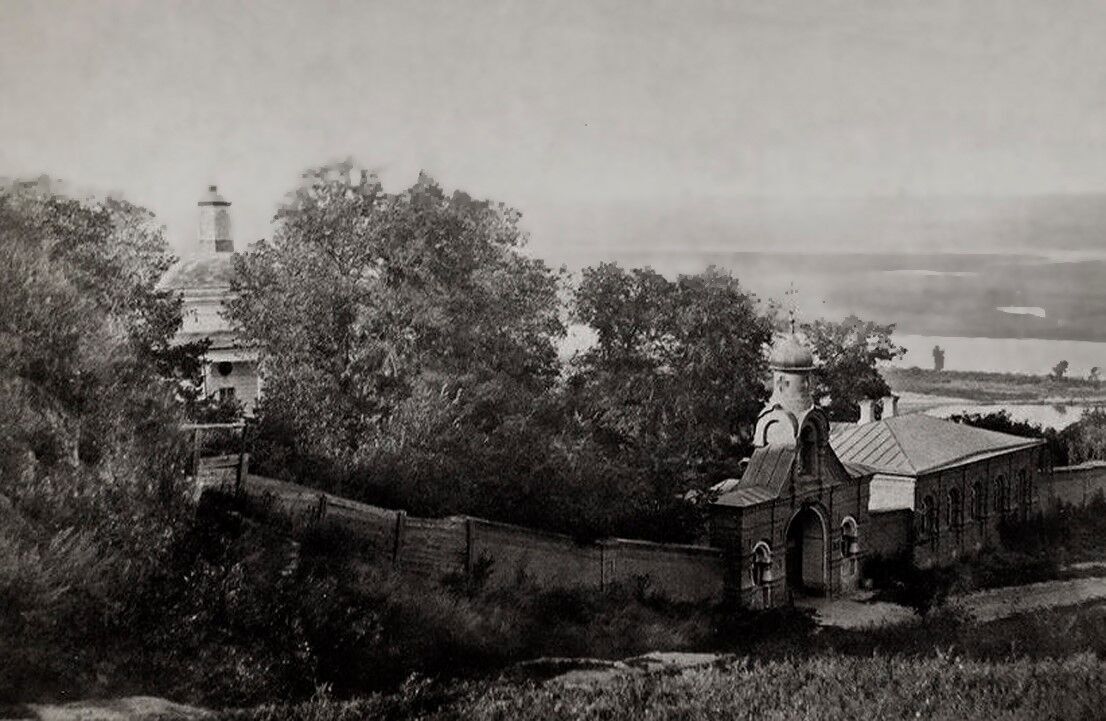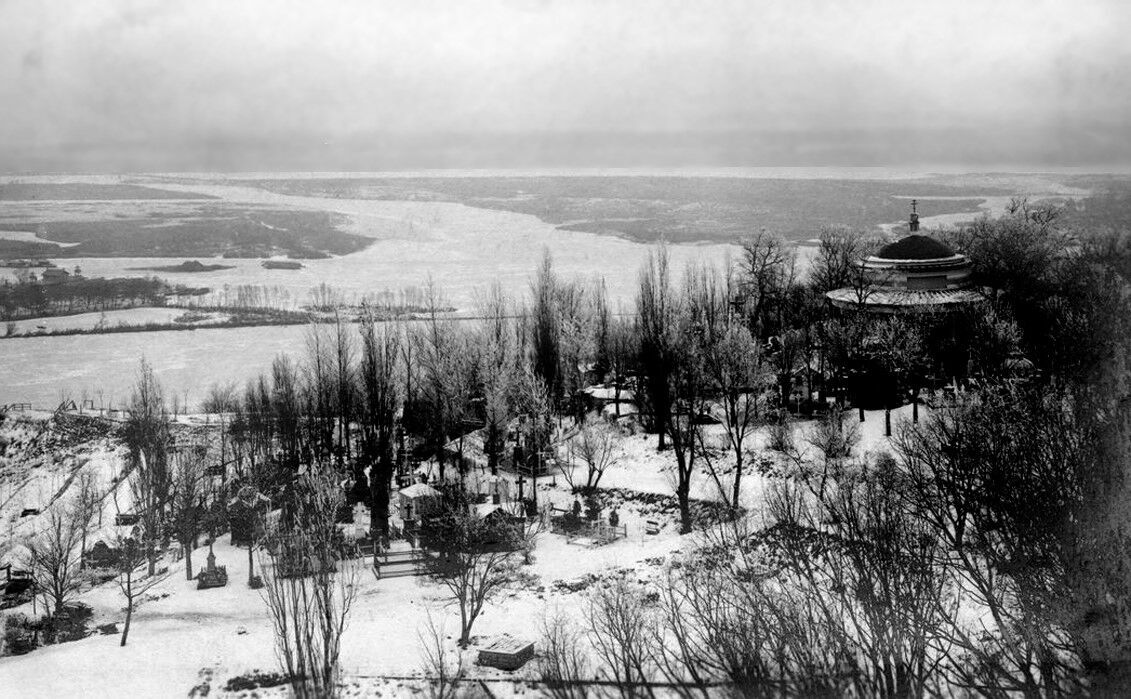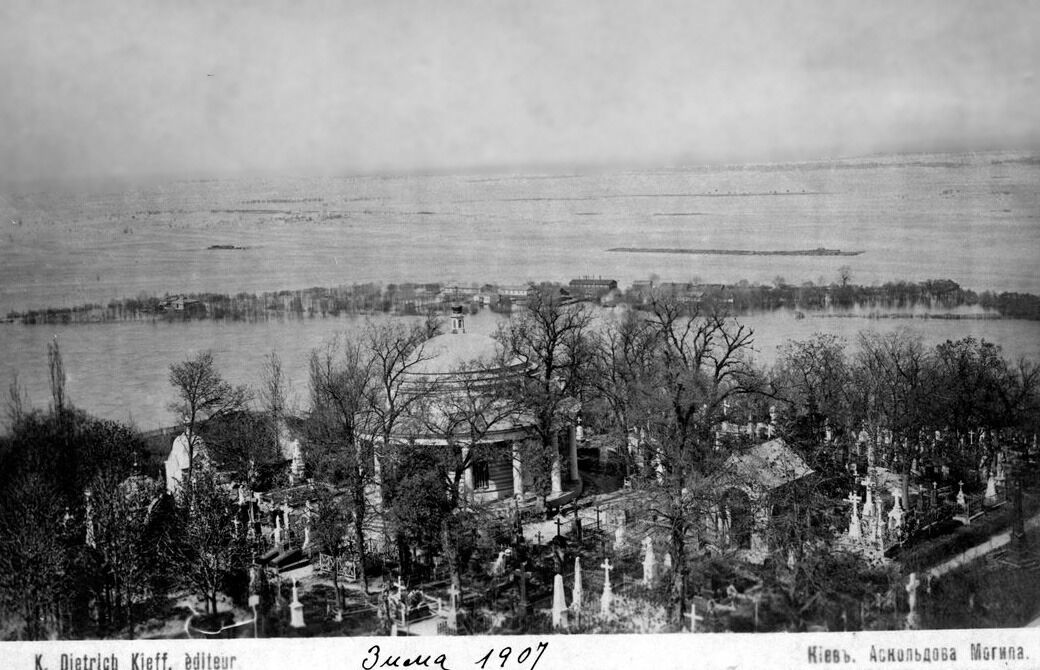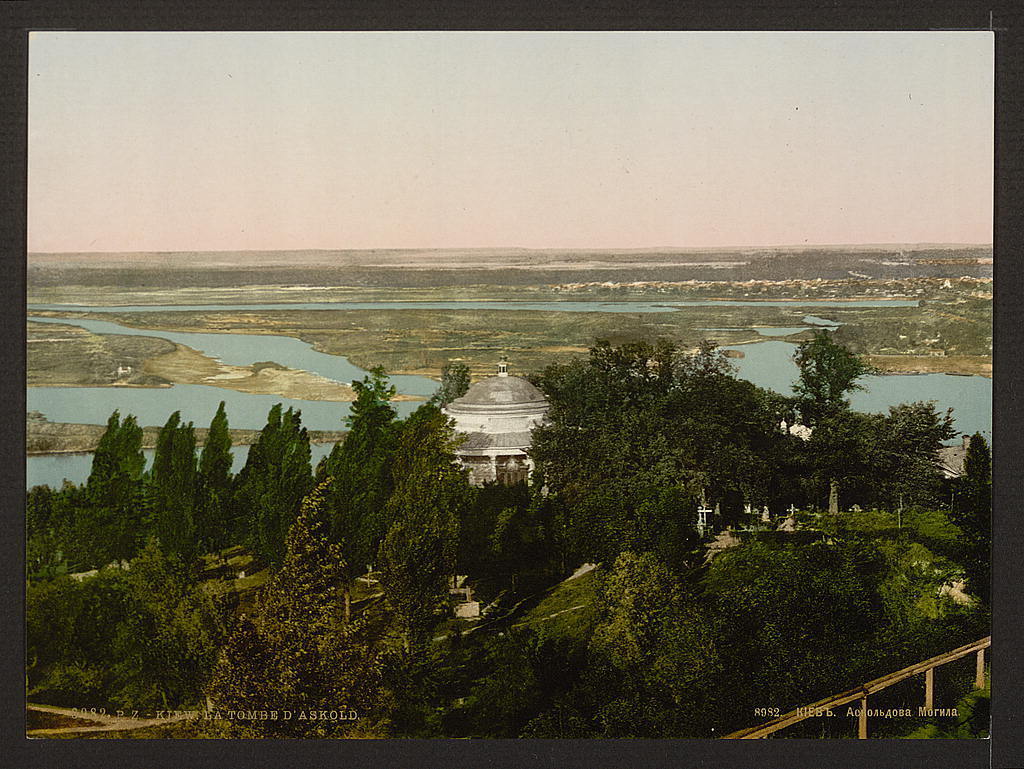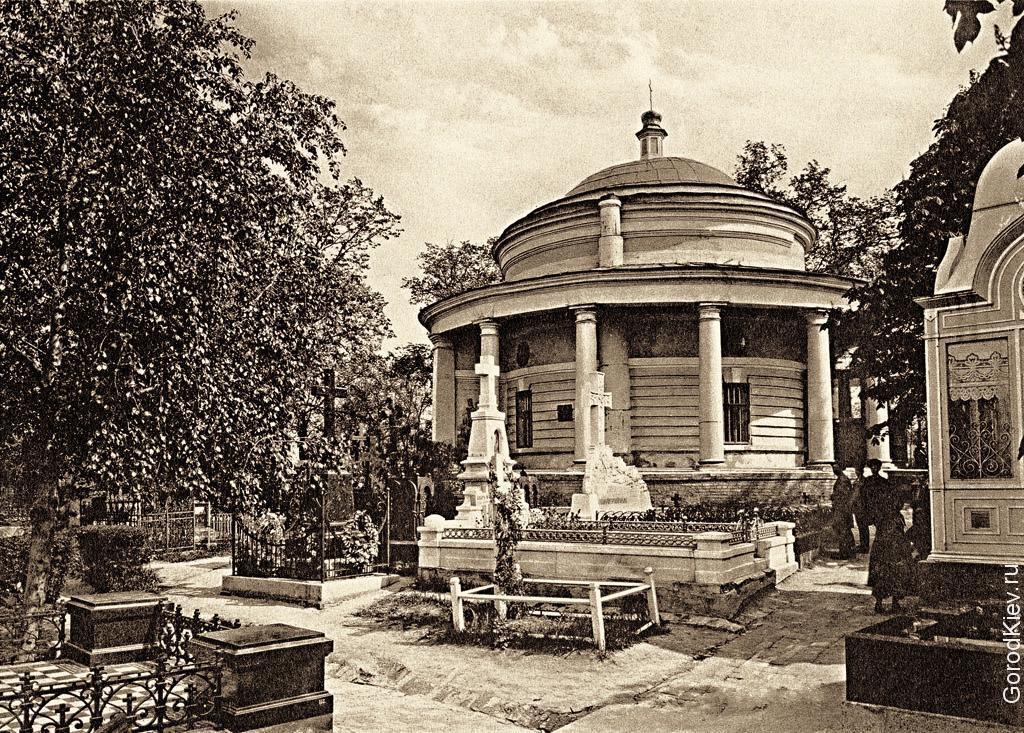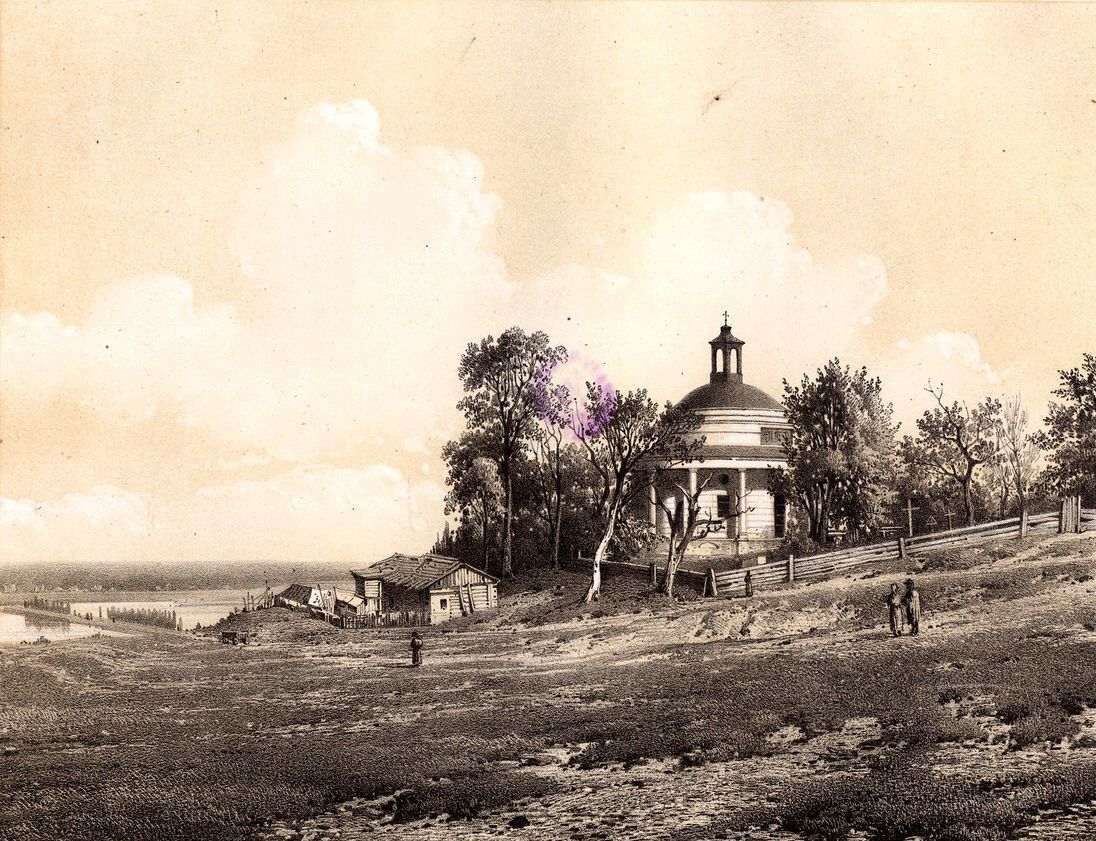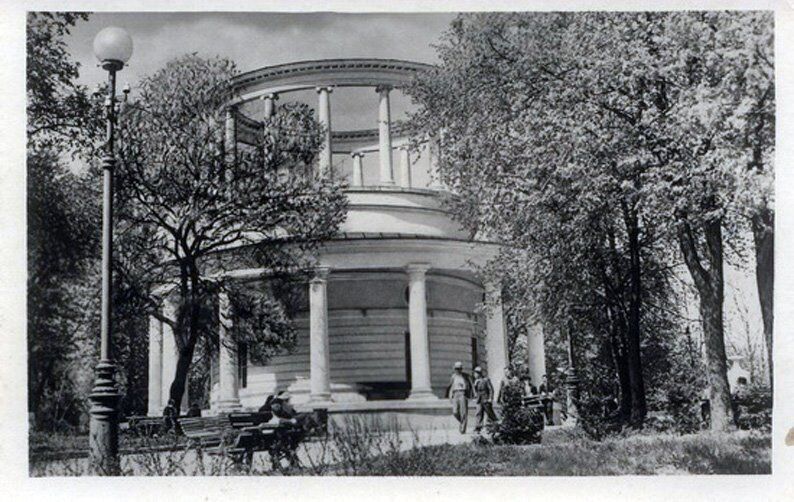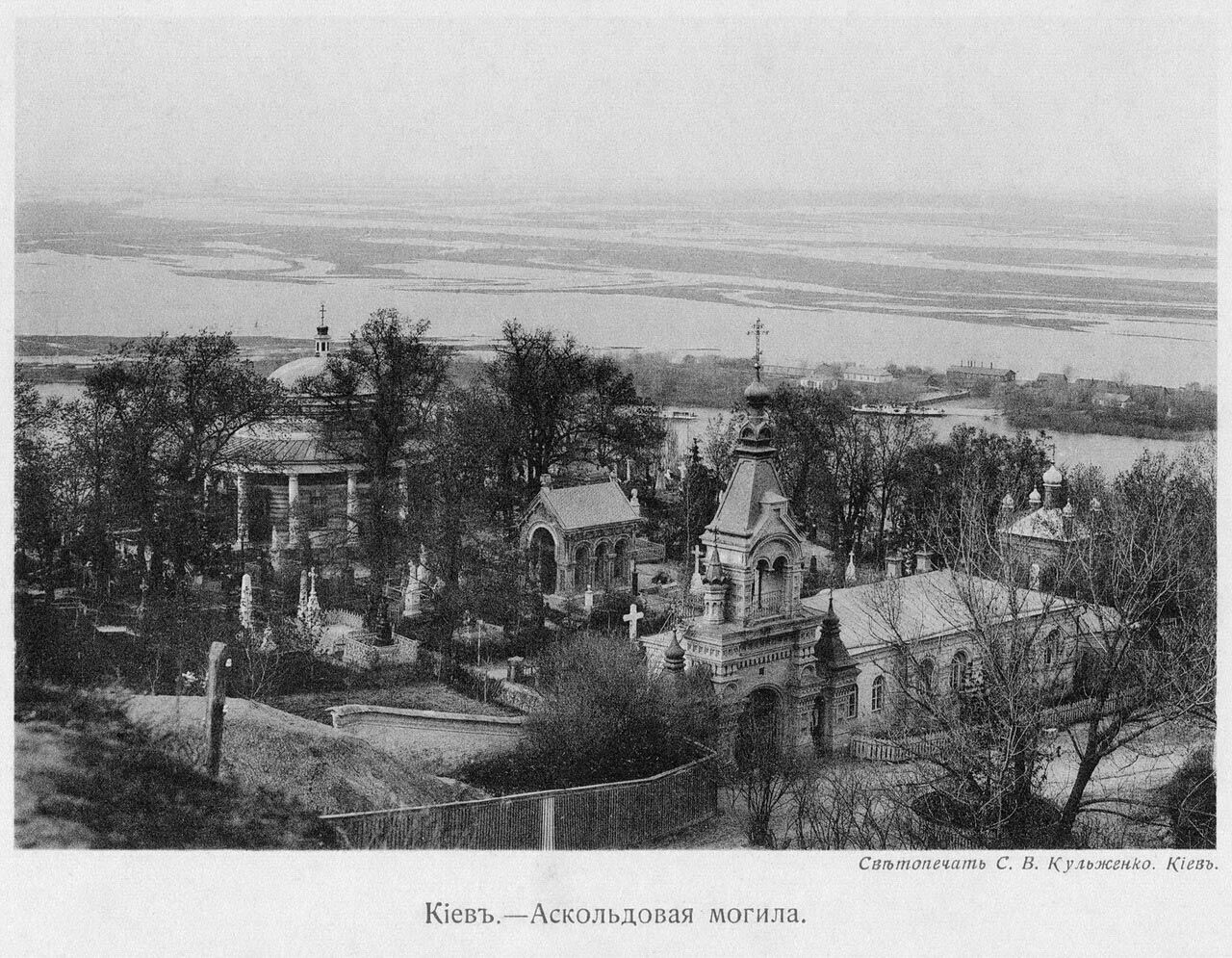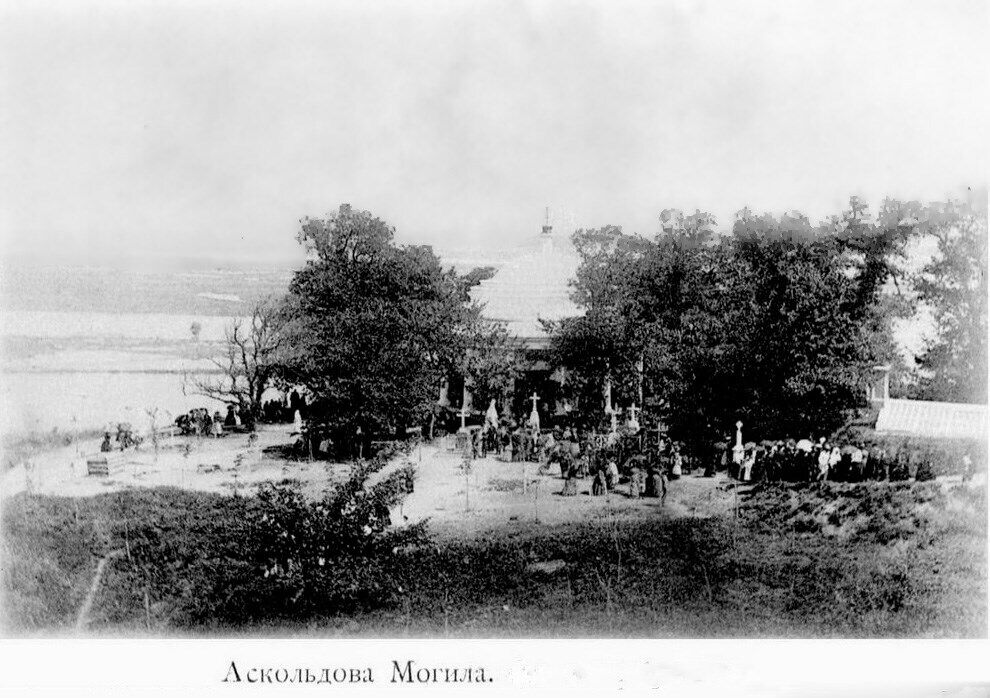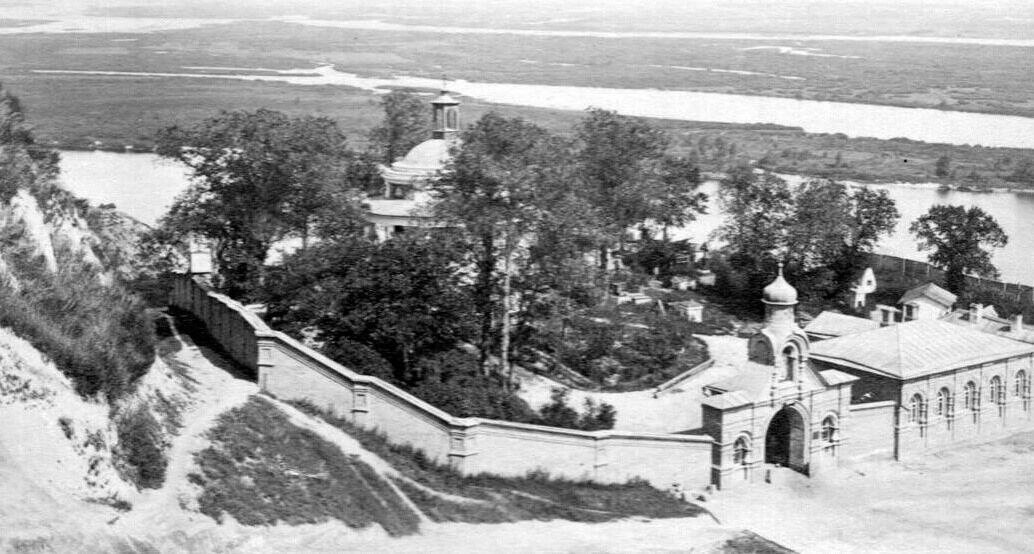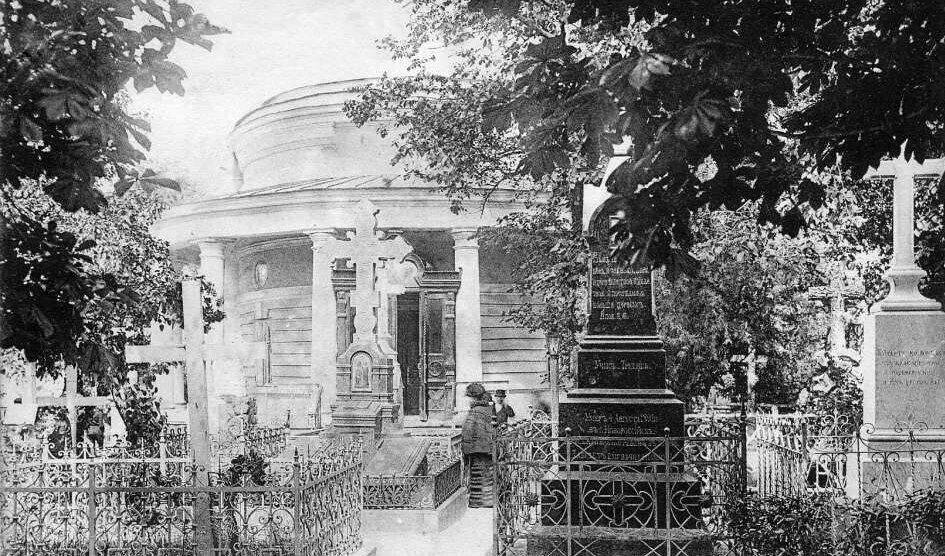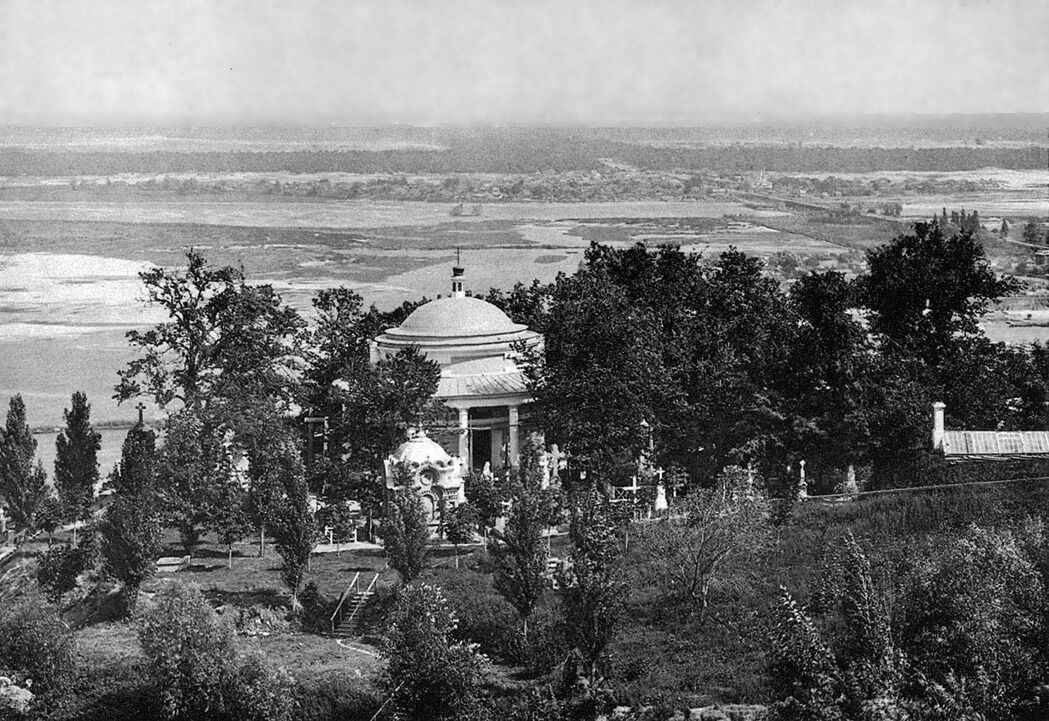Life
The tomb of the legendary prince and the elite necropolis: history and photos of Askold's Grave in Kyiv
In the center of the capital there is an area where, according to legend, the murdered Prince Askold of Kiev was buried. Nowadays a small temple stands here, near which there used to be a prestigious necropolis.
The unique photos of that period and the history of this location were published in the Facebook community of the project "Thirst: Kyiv interesting". This location has again become a place where prominent figures of modern day Ukraine are buried.
"Askold's Grave. One of the most famous historical sites and tract in Kyiv, where once there was also a prestigious necropolis, destroyed in Soviet times. Nowadays it is a park and a monument of landscape art. It is located between Dnieper Descent, Ivan Mazepa Street and Mariinsky Park, covering a part of Dnieper slopes," the authors of the project said.
Askold's Grave was built on the site of the Ugorsky tract. This area has long been associated with the legend of the murder of Askold (and sometimes Dir). According to the chronicle, Askold was buried on this very spot. According to legend, Princess Olha built a wooden church of St. Nicholas here in the 10th century (Nicholas was the name that Askold took at his baptism in 867).
In 971 the church was destroyed by Olga's son, Svyatoslav, whose reign was associated with a brutal pagan reaction, persecution of Christians and destruction of churches. Only in 990 did Prince Vladimir restore the previously destroyed church. In 1036 a nunnery was founded under the church.
The first Ukrainian Christian monks founded a monastery, which existed on Askold's Grave until 1715. The old wooden church on Askold's Grave existed until 1809. In the basement of the temple the tomb of Askold was placed. Around the church there was a cemetery, where representatives of famous families, cultural figures and noble Kievan burghers were buried.
The necropolis on Askold's Grave was formed from the end of the XVIII century to the beginning of the XX century. In 1715 the territory around the old St. Nicholas church became a cemetery - at first purely monastic, and in 1786 - city cemetery. In 1810 here was built a new stone church, which in the middle of XIX century was planned to be demolished along with the cemetery, but fortunately, it was never done.
"The cemetery at Askold's Grave was much smaller than the Baikove Grave, but it was not inferior to it in terms of the elitism of the necropolis. For a long time famous and wealthy Kievers were buried here, numerous artistic tombstones and crypts were built. On the slopes of the Dnieper River philosophers and doctors, writers, engineers and composers found eternal refuge," added the authors of the project.
The modern Askold's Grave is part of a picturesque park on the right bank of the Dnieper River and one of the favorite places for walks of Kyivites. In the early 1990s, the Church of St. Nicholas was given to the Greek Catholic Church, now it is a functioning church, which was visited by Pope John Paul II in 2001. Also in the 1990s, a large cross as a symbolic tombstone of the heroes of Kruty was installed on Askold's Grave.
As OBOZREVATEL reported, Vozdvizhenskaya Street is one of the oldest streets in Kyiv and has been known since the times of Kyivan Rus. It runs in the historic area of Honchari-Kozhumiaky and allows you to shorten the way from Andriyivska Hora to Zhytniy Market.
Only verified information in our Telegram-channel Obozrevatel and Viber . Do not be fooled by fakes!


